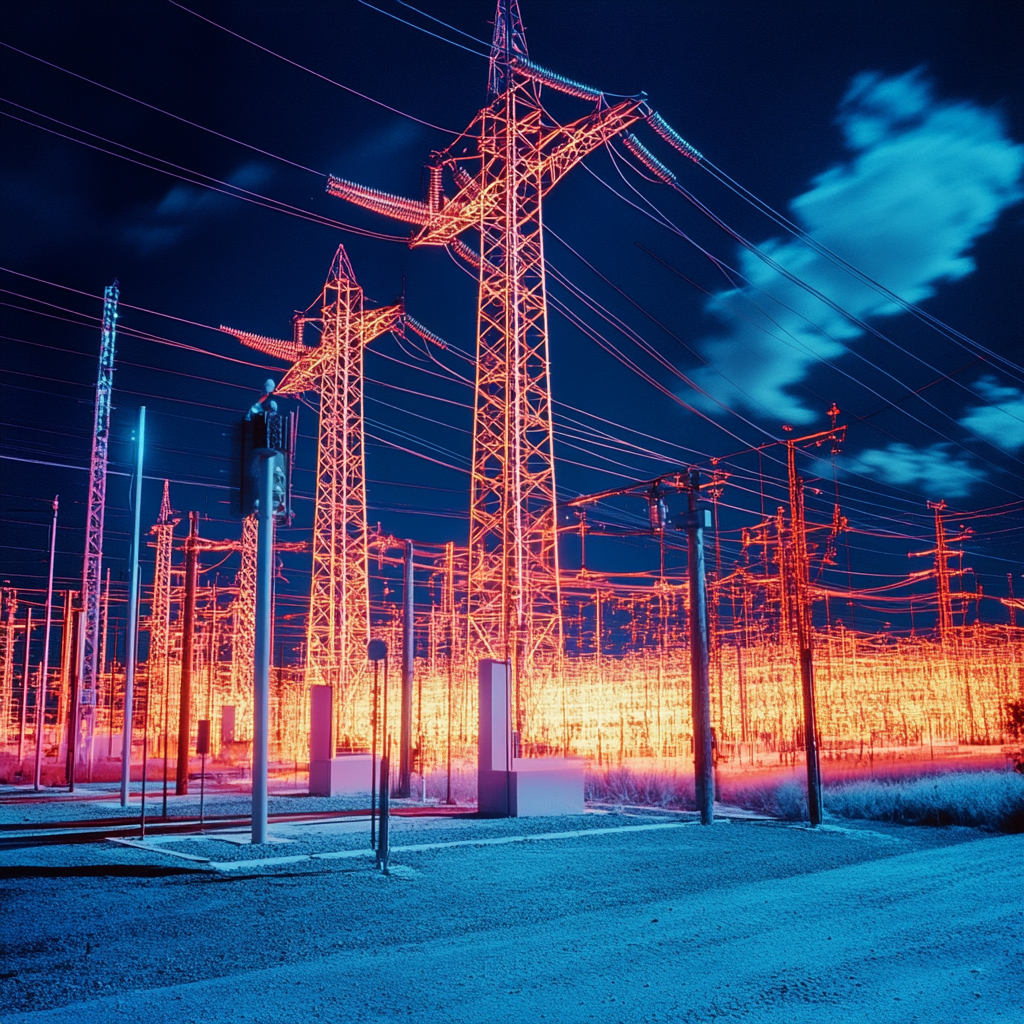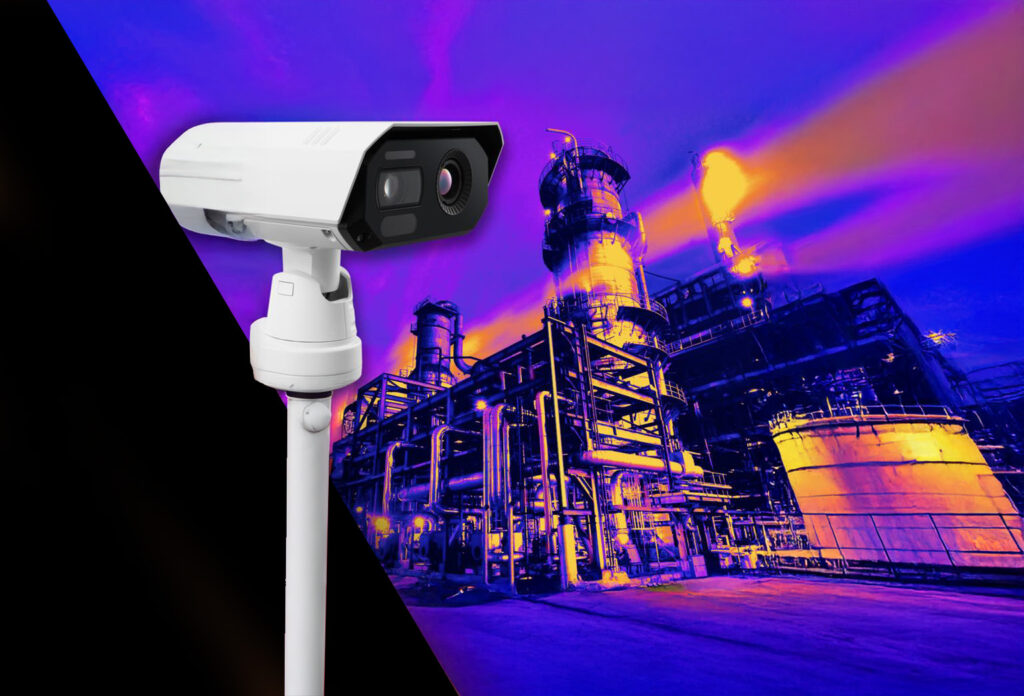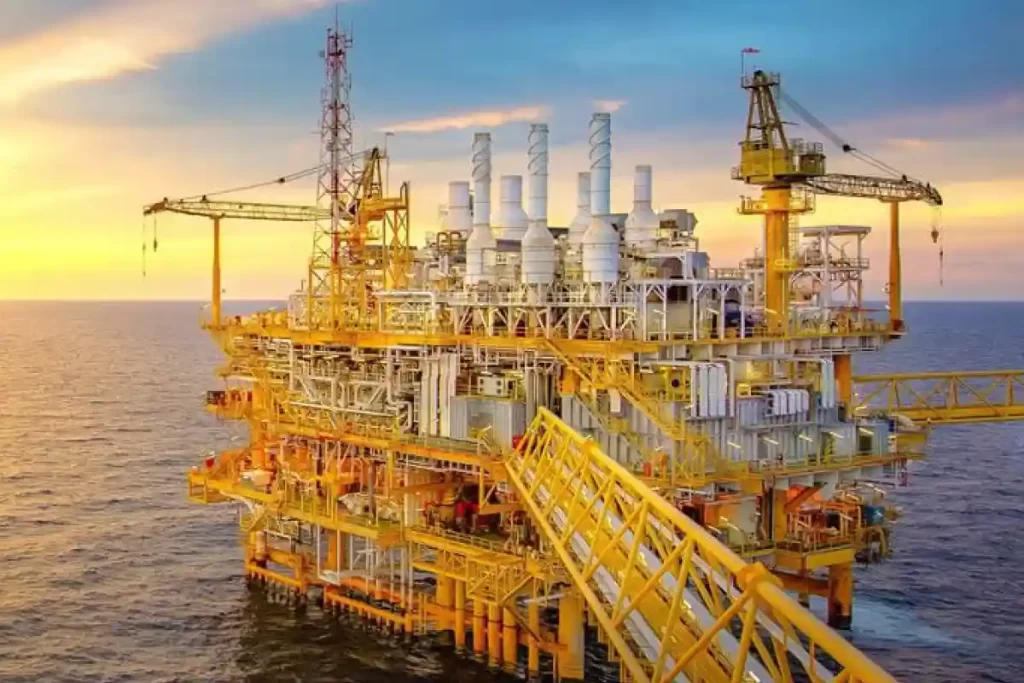
As demand for electricity continues to surge and infrastructure ages, ensuring the health and reliability of the power grid has never been more critical. Substations are vital components of this system, acting as junction points where electricity is transformed and distributed across large areas. Power grid monitoring, substations, along with transmission lines and other grid infrastructure, is key to avoiding outages, equipment failure, ansud safety hazards. One of the most effective tools for this job? Infrared cameras.
Infrared (IR) technology has become an indispensable solution for utility companies and maintenance teams focused on predictive maintenance and early detection. Here’s why IR cameras are transforming power grid and substation monitoring — and why every utility should be using them.
The Importance of Substation and Power Grid Monitoring
Substations contain a range of critical electrical equipment including transformers, circuit breakers, switches, and control gear. These components operate under high voltage and are susceptible to wear, corrosion, overloads, and insulation breakdowns. A single point of failure can result in wide-scale power outages and costly downtime — not to mention dangerous conditions for workers.
Traditional inspections often involve visual checks, scheduled shutdowns, and manual thermal spot-checks. These methods are limited, labor-intensive, and reactive. Infrared cameras, by contrast, offer a non-contact, real-time view of thermal signatures — allowing operators to detect issues before they escalate.
How Infrared Cameras Work in Power Environments
Infrared cameras detect radiation in the infrared spectrum, which is emitted by all objects based on their temperature. In electrical systems, abnormal heating is a telltale sign of equipment degradation or impending failure.
When used in substations or along transmission lines, an IR camera captures high-resolution thermal images that highlight hot spots — areas where electrical resistance or mechanical issues may be developing. This makes it possible to:
- Monitor equipment while it is live and under load
- Detect anomalies invisible to the naked eye
- Compare thermal data over time to predict equipment lifespan
- Generate reports that support maintenance scheduling and regulatory compliance
Key Applications of Infrared in Grid and Substation Monitoring
1. Transformer Monitoring
Transformers are among the most expensive and critical components in a substation. Even slight internal issues like loose connections, oil degradation, or core problems can lead to overheating. Thermal imaging allows operators to observe load imbalances and detect internal faults before catastrophic failure occurs.
2. Bus Bars and Circuit Breakers
Connections between high-voltage elements must remain tight and secure. Loose or corroded bus bar connections generate heat that can go undetected — until it’s too late. An infrared camera can identify these hot spots even when the system appears visually sound.
3. Insulator Inspections
Damaged or contaminated insulators may no longer effectively isolate high-voltage currents, leading to dangerous arcs or system breakdowns. IR imaging reveals any heat build-up associated with leakage currents or failing insulation.
4. Switchgear Analysis
Switchgear is essential for controlling, protecting, and isolating electrical equipment. Faulty switchgear components can overheat quickly and fail under load. Routine infrared inspections help ensure everything functions properly under stress.
5. Overhead Transmission Lines
Infrared-equipped drones can inspect miles of transmission lines in a fraction of the time it would take ground crews. This aerial IR surveillance is particularly useful in remote areas or post-storm assessments.
Benefits of Infrared Camera Use in Substation Environments
 Non-Invasive and Safe
Non-Invasive and Safe
Because infrared inspections can be done without physical contact, maintenance teams can assess high-voltage equipment without putting themselves in harm’s way or requiring system shutdowns.
 Real-Time Power Grid Monitoring
Real-Time Power Grid Monitoring
Advanced infrared cameras provide real-time thermal feedback, allowing utility companies to identify faults instantly and respond proactively.
 Cost Savings
Cost Savings
Early detection prevents equipment damage, reduces unplanned outages, and avoids emergency repairs — all of which save money in both the short and long term.
 Improved Reliability
Improved Reliability
A stable power grid depends on reliable infrastructure. Thermal monitoring increases uptime and customer satisfaction by minimizing disruptions.
 Regulatory Compliance
Regulatory Compliance
Utility companies must comply with increasingly strict safety and reliability standards. Thermal documentation offers proof of proactive maintenance and helps meet these regulatory obligations.
Choosing the Right Infrared Camera for Power Grid Monitoring
Not all IR cameras are created equal. For power grid applications, it’s important to choose models that offer:
- High thermal resolution to detect subtle differences in temperature
- Durability for outdoor and high-voltage environments
- Integration with data systems for analytics and long-term tracking
- Advanced software for automated anomaly detection and report generation
Some setups even incorporate permanent, mounted infrared cameras to deliver continuous thermal surveillance, eliminating the need for manual inspections altogether.
Real-World Impact
Many utility companies have already seen the advantages of incorporating IR cameras into their grid maintenance strategy. For example:
- A regional utility in Texas used thermal imaging to detect a failing transformer component that was not visible during a regular inspection. Early intervention saved an estimated $250,000 in repair and outage costs.
- After a lightning storm, a power company deployed infrared drones to assess transmission line integrity. Multiple damaged insulators were spotted and replaced within hours — without needing to shut off power.
These success stories highlight how infrared technology translates into real savings, safer systems, and higher operational confidence.
Maximize Substation Uptime with Infrared Insight
In a world where downtime is costly and grid reliability is paramount, infrared cameras have become an essential tool for substation and power grid monitoring. They provide the insights necessary to identify risks early, optimize maintenance schedules, and comply with industry standards — all without interrupting service.
If your utility operations aren’t yet leveraging thermal imaging, now is the time to explore how this powerful technology can improve your infrastructure’s performance, safety, and longevity.
Ready to bring your monitoring to the next level? Contact Infrared Cameras Inc. today to explore customized thermal imaging solutions tailored for your substation needs.




